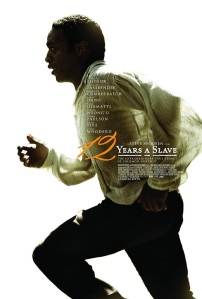This past year, I’ve often reflected on our inability to control the passage of time. It’s something that haunts us throughout our lives, since it’s beyond our power to stop time from unraveling. We often wish to transcend mortality, and while that’s an unattainable goal, there are ways we can deal with such a dark reality.
One such method is the art of biography. How can we hold on to what we have left of people? Our family and friends aren’t gone without a trace when they die, nor are public figures. Why? Well, because we remember them.

Regardless of who you are, you will die having left some indelible mark on the world, no matter how small. Biography is a means of harnessing what we can control about life and preserving it for the future. It doesn’t just document birth, life milestones, education, work, marriage, family, and death. Biography also captures the emotional experience of a person during their life. It gets to the heart of who they were and how they interacted with others.
We can study the lives of the living as well – there are plenty of biographies written about those who are still with us. The bottom line is that biographies outlive us if they’re preserved in the public eye – they can be immortal.
I won’t even wonder whether biography is important: it is. We can’t hope to learn from those who have lived before us, or in some cases alongside us, unless we keep their lessons accessible for future reference.

That said, biography is still an act of interpretation. Even autobiography, the act of telling one’s own life story, consists of interpreting one’s own life and defining it. We must consider the issues that come with biographers as individuals, as their own interpretations can influence the way an individual’s life story is retold.
I think it’s fair to say that we all have some kind of role model (or in my case, many), some of whom we may not have met in person. We venerate them because they made a contribution to public life that would have us remember them. It’s worth questioning what merits a full-scale biography, whether in book form, biopic, documentary, or otherwise. Something in our ability to connect to individuals lends itself to widespread commemoration through biography. But these forms of media aren’t the only kind of biography – for instance, we write our own bios all the time for professional purposes. Biography is an engine of self-definition, a tool of categorization; it’s also a means of trying to understanding each other.
In this column, “On Biography“, we’ll take a look at why we remember certain individuals, how they are remembered, who remembers them, and how this affects their identity, both during their lifetime and after it. We’ll examine what it means to be a person and how public memory can rearrange the collective understanding of people’s lives. And, perhaps most importantly, we’ll learn how people make connections.

A biography saves that which we never thought we could save. While it’s not the literal act of saving a life, creating a biography ensures that we can connect to people long after they are gone, whether to learn something or merely to take comfort.
How do we save a life using the limited means afforded to us? Preserve it, and make sure we never forget.
